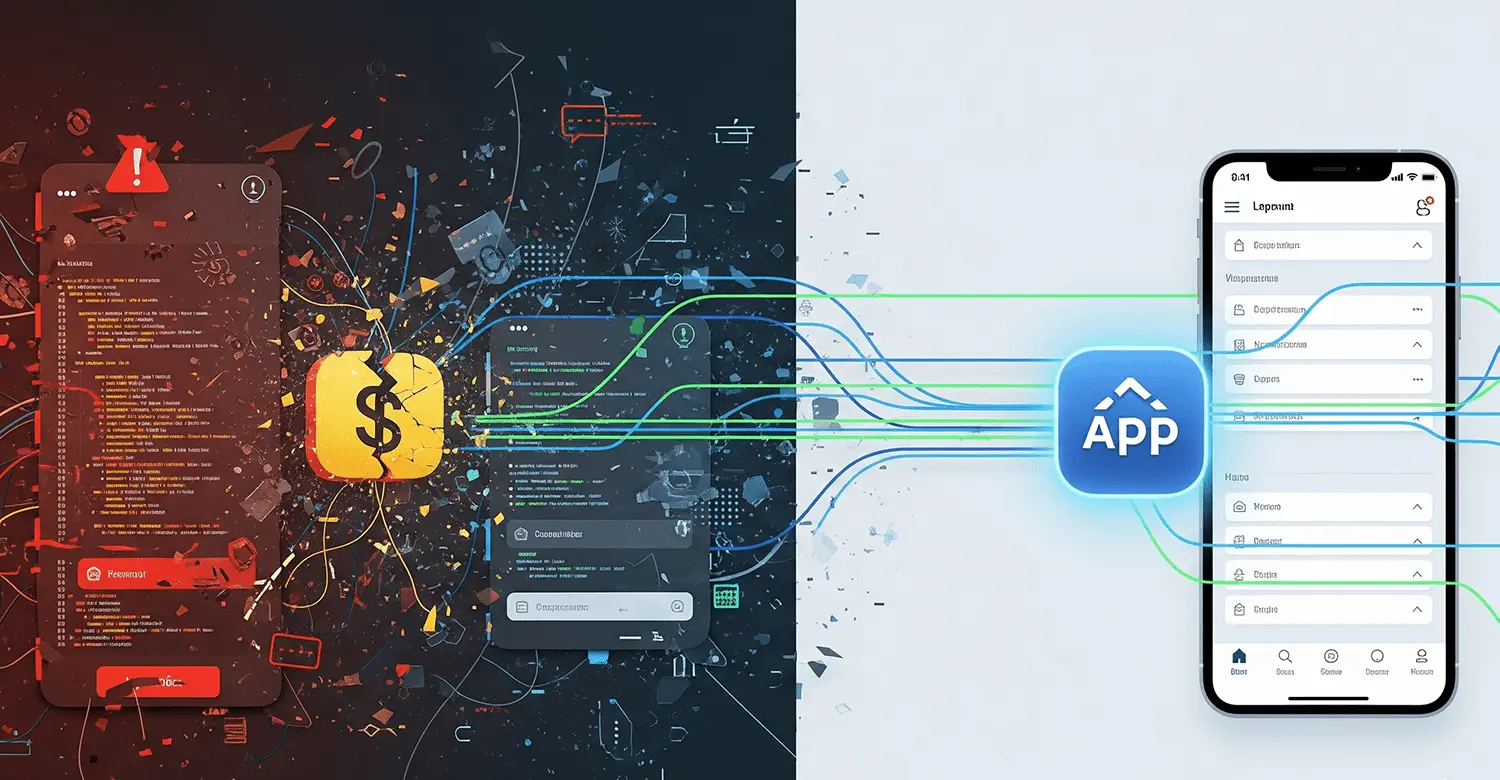
July 14, 2025
Building a mobile app can transform your startup, but many entrepreneurs face costly mistakes that delay launches and waste resources. From skipping market validation to underestimating budgets, these pitfalls are common yet avoidable. This complete guide explains the top mistakes startups make in app development and how you can avoid them to ensure your app succeeds in 2025.
Skipping Market Research
One of the most common startup mistakes in app development is skipping market research. Without validating demand, startups risk building apps nobody needs.
- No competitor analysis
Skipping analysis of competitors leads to apps that don’t stand out.
- Ignoring user feedback
Not engaging potential users during validation wastes time and money.
Underestimating the Budget
Startups often fail by underestimating the real cost of app development. Hidden costs like maintenance, marketing, and updates can strain resources.
- Hidden expenses
App store fees, APIs, and infrastructure add unexpected costs.
- Ongoing maintenance
Apps typically require 15–20% of development cost annually for updates.
Ignoring UI/UX Design
A poorly designed interface frustrates users and reduces retention. Startups that cut corners in UI/UX often see higher churn rates.
- Poor navigation
Confusing flows frustrate users and reduce conversions.
- Outdated design trends
Using outdated UI patterns makes apps feel untrustworthy.
Building Too Many Features at Once
Many startups try to launch with every feature possible. This delays development and overwhelms users.
- Feature overload
Adding too many features leads to delays and poor usability.
- MVP-first approach
Building a minimum viable product helps test ideas faster.
Choosing the Wrong Tech Stack
Selecting an inappropriate tech stack can increase costs, reduce scalability, and limit app performance.
- Wrong frameworks
Choosing outdated or incompatible frameworks slows growth.
- Lack of scalability
A weak stack creates performance bottlenecks later.
Ignoring Testing and QA
Skipping proper testing can lead to bugs, crashes, and negative reviews that hurt your brand reputation.
- No testing budget
Startups often cut QA to save money, leading to bigger losses later.
- User frustration
Bugs and crashes increase uninstall rates dramatically.
Failing to Plan for Scalability
Some apps are designed only for initial users. Without scalability planning, startups face technical debt and performance issues as they grow.
- Scaling issues
Unprepared apps crash when user base grows quickly.
- Cloud infrastructure
Using scalable solutions like AWS or Firebase prevents downtime.
Not Considering Post-Launch Strategy
Launching the app is just the beginning. Without a marketing and update strategy, apps struggle to gain traction.
- No marketing plan
Without marketing, even great apps remain undiscovered.
- Skipping updates
Failing to release updates makes apps obsolete fast.
